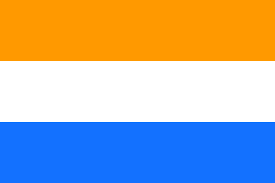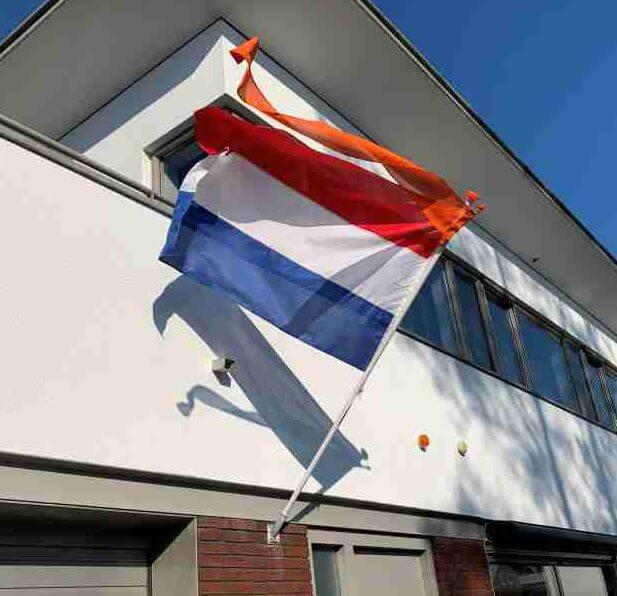Many people know that the national flag of the Netherlands is blue, white, and red. You might be wondering why the Dutch flag is not orange or at least partially orange, given the significance of William of Orange to The Netherlands.
Orange Used To Be Part Of The Dutch Flag

In the early years of the Netherlands’ existence, the national colors of the country were orange, white, and blue. The Dutch flag’s change from orange to red served as a symbol of the political split between the House of Orange and the new Dutch Republic.
When Dutch rebels defeated the Spanish in the city of Den Briel in 1572, orange was first used as a symbol of the Netherlands. The William of Orange army’s uniforms, which featured these hues, served as the source of inspiration for these colors.
However, orange was not a permanent component of the Dutch flag and was replaced by red between 1630 and 1660. Since then, the national flag of the Netherlands has been blue, white, and red.
Interesting information Dutch flags and interesting things to know
Why Did The Dutch Flag Change To Red?
Between 1630 and 1660, crimson took the place of orange in the national flag of the Netherlands for three reasons:
- At sea, orange was less noticeable.
- Making orange was too challenging.
- The House of Orange’s diminishing political power in the Netherlands
The orange on the Dutch flag is less visible at sea, which is the first justification for the switch from orange to red. The Netherlands’ economic survival at the time depended heavily on foreign trade. This could have been a strong case back then.
The fact that orange was too challenging to produce is a second justification for the Dutch flag’s switch from orange to red. Red was easier and less expensive to create. It takes rare raw elements to create the color orange. Red became a viable substitute for these expensive and uncommon minerals.
However, Maurits of Orange and Amsterdam’s wealthy merchants got into a power battle in the early 17th century. Maurits wanted to keep fighting, but the merchants thought a short-term cease-fire would be better for business.
The House of Orange’s waning political clout in the new Dutch Republic was the reason crimson took the place of orange in the Dutch flag. The Dutch flag’s red and orange color scheme was changed as a result of this political conflict.
The House of Orange had little political sway in the Republic of the Seven Provinces over the following 200 years. A William of Orange ancestor became the first King of The Netherlands in 1815, the year the Kingdom of The Netherlands was established. However, rather than playing a political role with power, the Dutch king served as a symbol of the nation’s unity.
The Dutch continue to honor their Royal Family by flying an orange pennant above their national flag on the birthdays of the House of Orange members. That is a great illustration of a typical Dutch compromise on the politically touchy subject of what color the top stripe of the Dutch national flag should be.

Read more Why The Netherlands is The Most Gingerful Country in The World?
